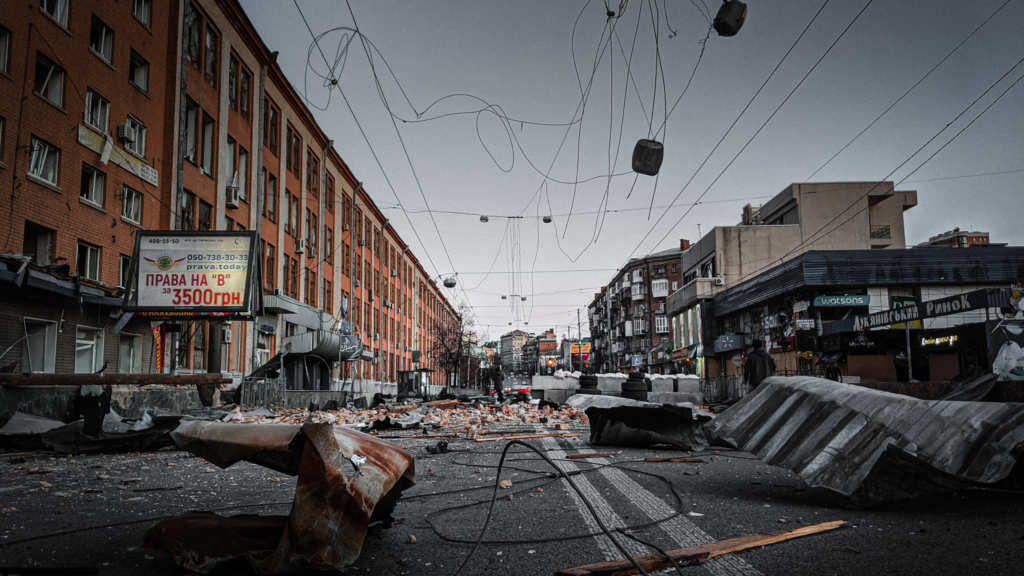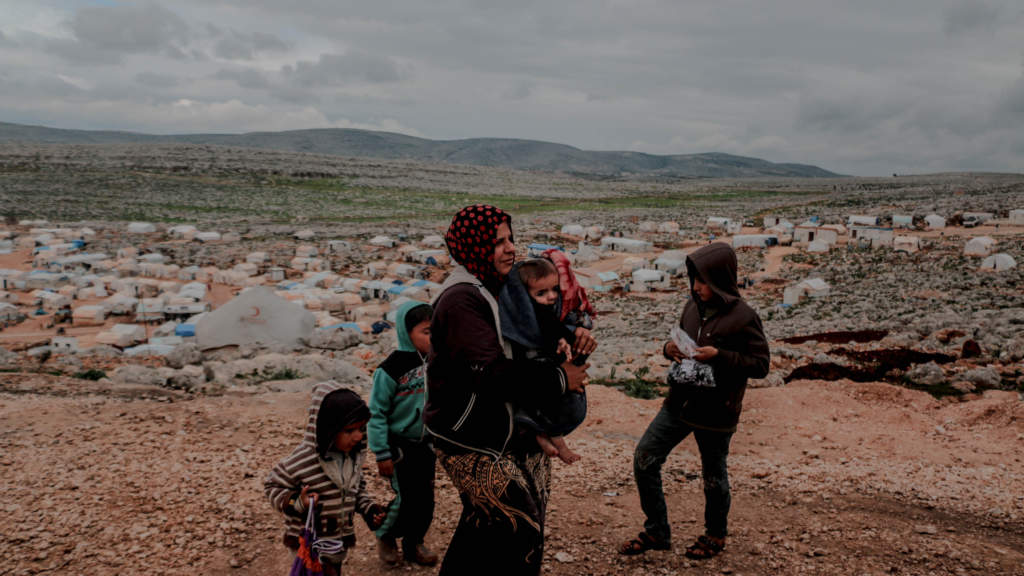
Escalation in Ukraine: A New Offensive Overview
The conflict in Ukraine has persisted for years, yet the recent escalation marks a pivotal moment that could redefine the trajectory of the war. As we delve deeper into the implications of this new offensive, understanding the broader context is essential. The ongoing struggles and battles have not only international ramifications but also profound effects on the everyday lives of those in the region. This update will explore various dimensions of the conflict, focusing on the humanitarian crisis, geopolitical ramifications, and the resilience of the Ukrainian people.
Geographically, the conflict has evolved, with strategic areas becoming focal points for military actions. The Dnipropetrovsk region, with its rich resources and significant infrastructure, is particularly vital. Control over this area not only affects military logistics but also impacts the flow of supplies and humanitarian aid. The implications of such territorial changes extend beyond immediate military advantages, influencing economic stability and recovery efforts in the post-war landscape.
This surge in violence raises urgent questions regarding international response and support for Ukraine. Various nations have shown solidarity through humanitarian aid and military assistance. However, the effectiveness of these efforts is constantly being tested as frontline communities face unprecedented challenges. Local organizations and international NGOs are working tirelessly to provide support, yet the scale of need continues to grow as the conflict drags on.
The missile strike on Sumy is a stark reminder of the vulnerability of civilians caught in the conflict. Beyond the immediate horror of such attacks lies the lingering psychological trauma that affects survivors. The bereaved families often struggle with grief that extends beyond the loss of a loved one; they must contend with a shattered sense of safety and stability. The community’s collective grief can lead to long-term mental health challenges, necessitating ongoing support and intervention.
The drone attacks in Dnipro reflect a tactical shift that emphasizes the need for enhanced air defenses. As these high-stakes engagements continue, the urgency for protective measures grows. Discussions within military circles have intensified, focusing on the necessary advancements in technology and strategy to safeguard civilians against such aerial threats.
In recent weeks, the war in Ukraine has taken a darker and more aggressive turn. Russian forces have launched a new offensive in the country’s northeast, pushing into the Dnipropetrovsk region and advancing within just six kilometers of the border. Simultaneously, attacks in the Sumy and Kharkiv oblasts have intensified, becoming an almost daily reality for those living along the front lines.
This pattern of escalating violence against civilian targets underscores a troubling trend that complicates diplomatic efforts aimed at de-escalation. The international community faces a moral imperative to address these attacks, advocating for stronger accountability measures for any actions violating humanitarian laws. Such advocacy is crucial to ensure that future engagements do not further endanger innocent lives.
Moreover, the role of digital media in documenting the conflict cannot be overlooked. As civilians share their experiences through social media platforms, the world gains a more authentic understanding of the realities on the ground. This visibility can amplify calls for support and influence international discourse surrounding the war. Activism, fueled by firsthand accounts, plays a crucial role in shaping public perception and policy responses.
As the humanitarian crisis deepens, the stories of resilience among the Ukrainian people become increasingly vital. Many individuals have mobilized to create networks of support, offering shelter, food, and emotional assistance to those affected by the violence. These grassroots movements not only provide immediate aid but also foster a sense of community and solidarity that is essential for long-term recovery.
Since the end of March, the frequency of active combat has surged by more than 30%, signaling a significant shift in momentum. For civilians caught in the middle, this escalation isn’t just a number — it’s a daily nightmare.
Escalation in Ukraine: A New Offensive, On April 13, a missile strike devastated the city of Sumy. At least 36 people lost their lives, including two children, in what was reportedly an attack on a military awards ceremony. Tragically, the location of the event put civilians directly in harm’s way — a decision that cost the regional governor his job. The aftermath was harrowing: streets filled with debris, families shattered, and an entire community left grieving.
Just days later, on April 17, a drone attack in the city of Dnipro brought more heartbreak. Three civilians, including a young child, were killed. Over 30 others were injured as explosions tore through schools, dormitories, and residential buildings — places that should be sanctuaries, not targets.

These are not isolated incidents. They’re part of a growing pattern that shows a dangerous disregard for civilian safety. Each attack adds another layer of trauma to a population already enduring the unimaginable.
As the war stretches on, one thing is clear: the impact on ordinary Ukrainians continues to deepen. The numbers may grab headlines, but behind every statistic is a human life — someone’s parent, child, or friend — and a story that deserves to be told.
